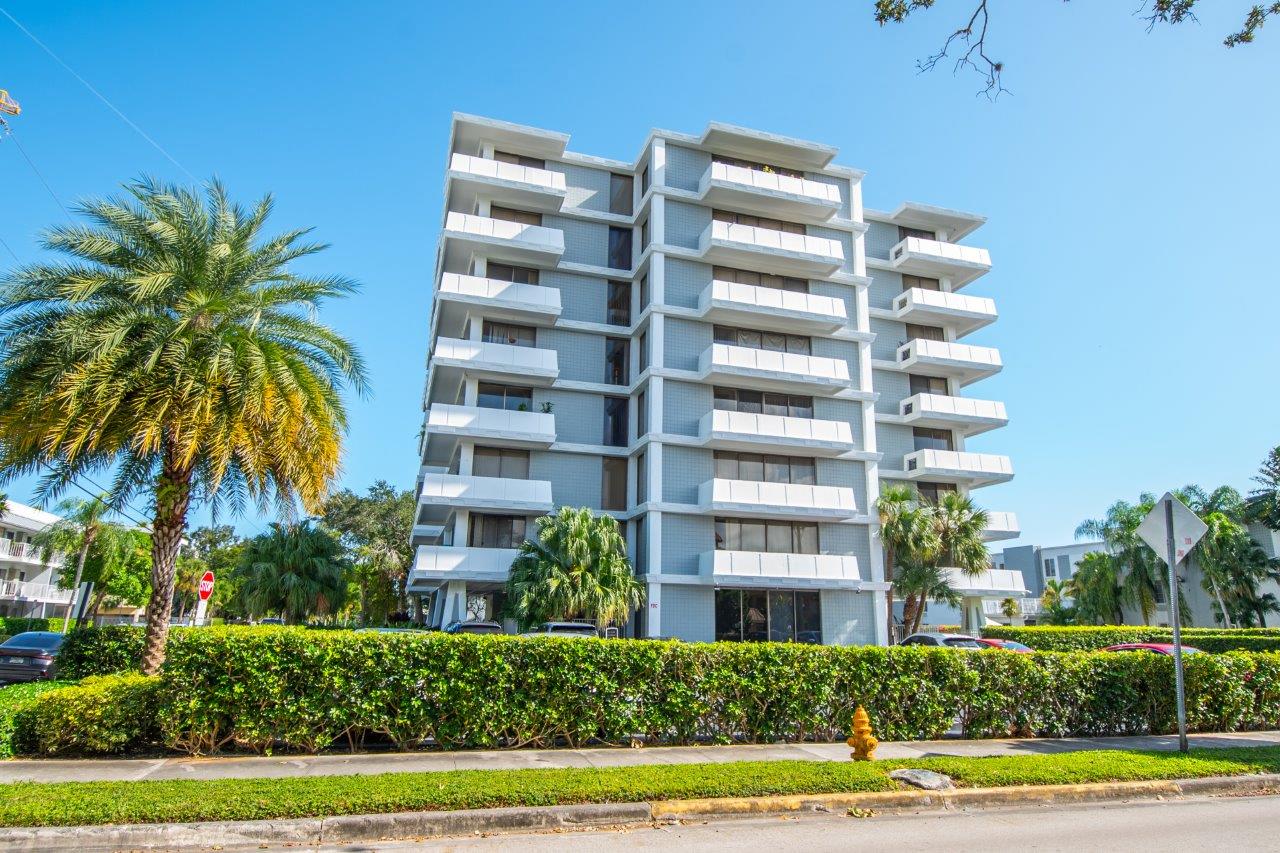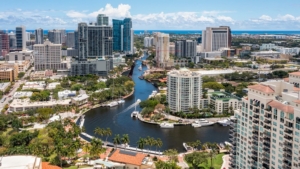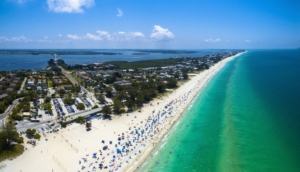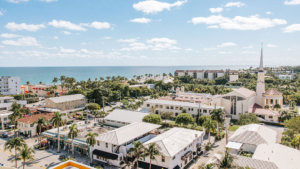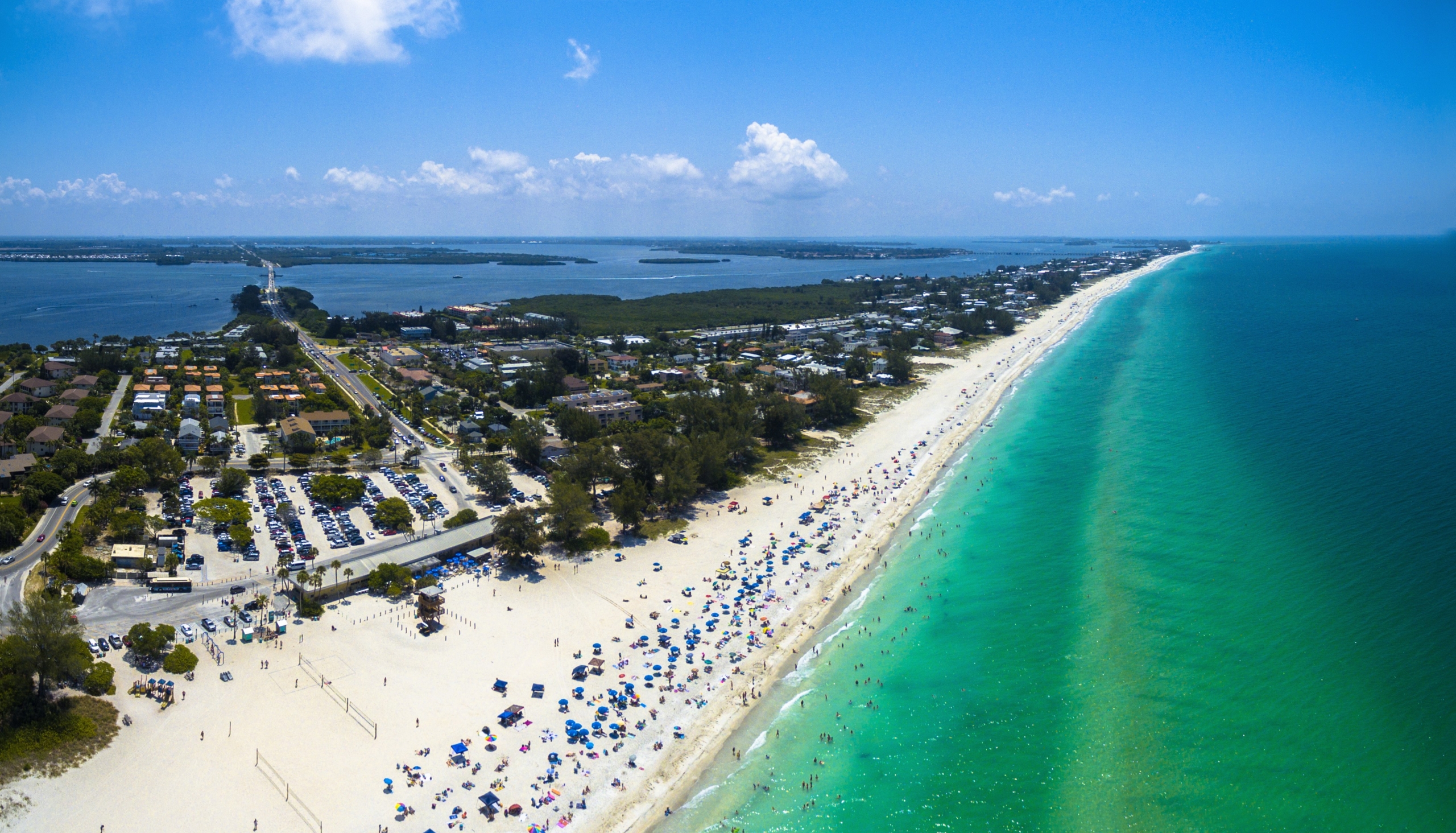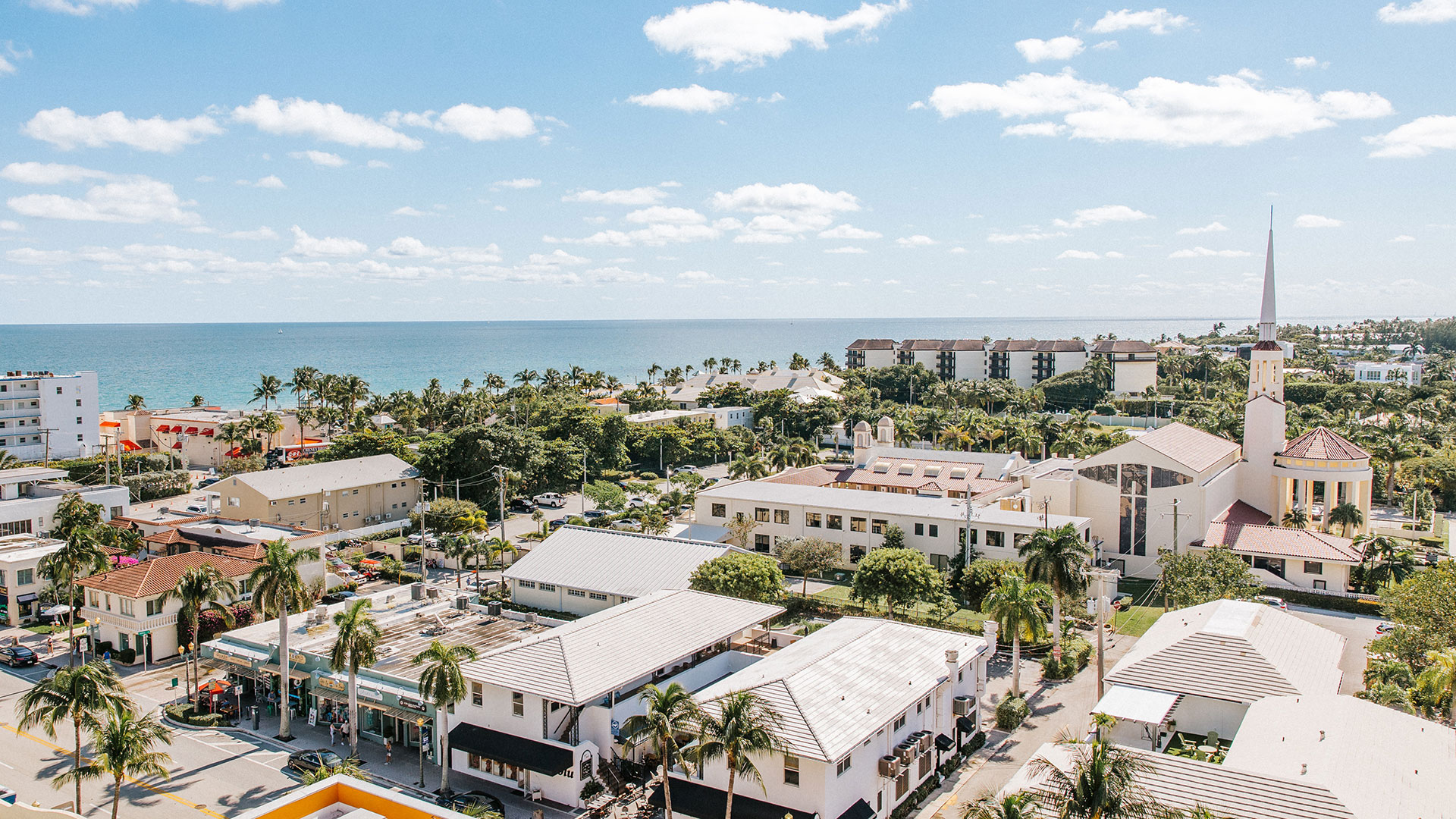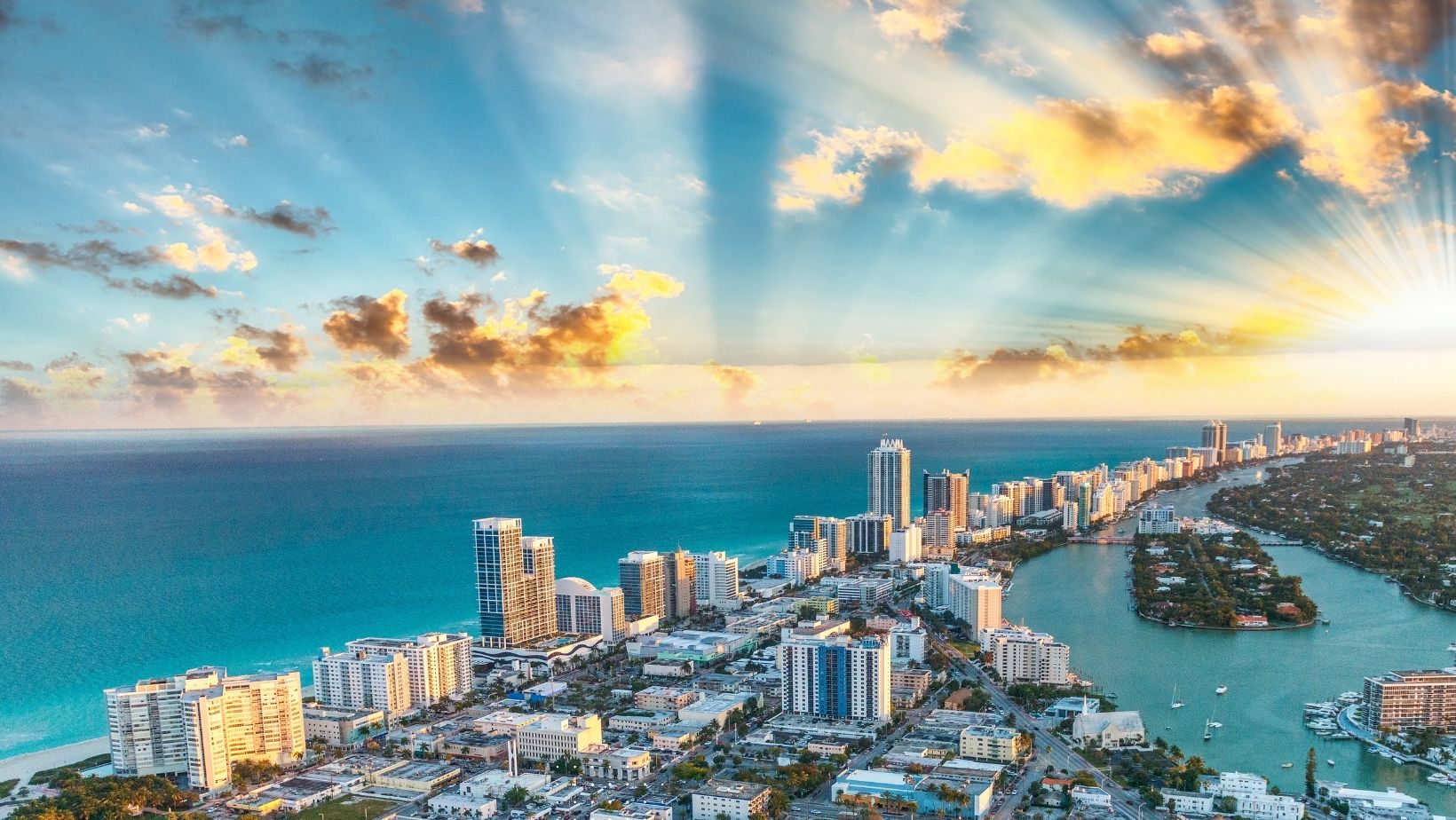New 235-Unit Housing Development Planned Near Miami International Airport: A Mixed-Use Approach to Miami's Housing Crisis
Miami Developers Propose Transit-Oriented Housing Solution Near Airport
In response to Miami's ongoing housing affordability challenges, Legacy Residential Group and Cayon Development Group have submitted plans for a significant new residential development near Miami International Airport. The proposed eight-story building would add 235 apartment units to the area, including dedicated workforce housing components designed to address the needs of middle-income residents.
The project, submitted to Miami-Dade County in late March 2025, would rise on a 2.3-acre site at 3685 Northwest 36th Street in unincorporated Miami-Dade County. The location is strategically positioned adjacent to the developers' previously completed Legacy 36 apartment building, creating a complementary residential corridor in this rapidly developing area.
Workforce Housing Integration Sets New Standard
What distinguishes this development from typical luxury-focused Miami projects is its substantial commitment to workforce housing. The proposal designates 30 apartments—nearly 13% of the total units—specifically for workforce housing at controlled rent levels:
- 15 units (50% of the workforce allocation) will be reserved for households earning between 60-79% of the area median income (AMI)
- The remaining 15 units will serve households earning between 80-120% of the AMI
With Miami-Dade's current AMI standing at $87,200 according to the Florida Housing Finance Corporation, these units would provide much-needed housing options for essential workers like teachers, healthcare professionals, and service industry employees who often struggle to find affordable housing near employment centers.
Design and Mixed-Use Elements Support Community Development
The development team has enlisted renowned architectural firm Behar Font & Partners to design the project. Beyond residential units, plans include:
- 2,800 square feet of ground-floor retail space
- 365 parking spaces (a ratio of approximately 1.55 spaces per unit)
- Modern amenities aligned with contemporary urban living standards
This mixed-use approach follows urban planning best practices that create more vibrant, walkable neighborhoods while providing necessary services to residents. The retail component will potentially bring new businesses to the area, creating both convenience for residents and potential employment opportunities.
Strategic Transit-Oriented Development Approach
The developers are specifically requesting that the county apply development regulations permitted for properties near mass transit corridors. The site falls within what's known as the SMART (Strategic Miami Area Rapid Transit) Corridor Subzone of the Rapid Transit Zone—regulations that apply to properties near six major transportation arteries, including nearby State Road 112.
This transit-oriented development strategy offers multiple benefits:
- Reduced dependency on personal vehicles
- Potentially lower transportation costs for residents
- Decreased traffic congestion in the airport corridor
- Environmental benefits through reduced emissions
- Enhanced connectivity to Miami's expanding transit network
The current proposal represents an evolution from previous plans, expanding from the initially reported 201-unit concept shared in 2023 to the current 235-unit proposal, indicating growing confidence in the area's residential market potential.
Developer Track Record Suggests Project Viability
Both development partners bring substantial experience to the project. Legacy Residential Group (formerly CFH Group) led by founder Tom Cabrerizo manages an impressive portfolio that includes:
- 6,500 existing multifamily units
- 3,400 additional units in various development stages
- Over 750,000 square feet of commercial space spanning retail, office, and industrial sectors
Meanwhile, Cayon Development Group, under Mauricio Cayon's leadership, contributes extensive development experience with a portfolio encompassing:
- More than 3,000 single-family homes
- 300 condominium units
- 600 townhouses
- 280,000 square feet of retail and industrial space
- 2,600 apartment units (including joint venture properties)
The partnership has demonstrated interest in addressing Miami-Dade's housing needs through several recent proposals, including a 309-unit workforce townhouse complex near Florida City and an ambitious 630-unit apartment complex proposed in 2023—though the latter faces challenges due to its location outside Miami-Dade's Urban Development Boundary.
Their recent acquisition activity includes the $17.4 million purchase of the 88-unit Stirling Village apartment complex in Hollywood in 2022, further demonstrating their commitment to expanding the region's multifamily housing inventory.
Insights: Understanding Miami's Airport District Development
Why is the area near Miami International Airport seeing increased residential development?
The airport district offers strategic advantages for residential development, including proximity to major employment centers, transportation infrastructure, and relative affordability compared to Miami's luxury coastal neighborhoods. As downtown and Brickell prices continue rising, developers and residents are exploring well-connected alternative neighborhoods with growth potential.
How does workforce housing benefit the broader Miami community?
Workforce housing addresses a critical gap in Miami's housing market by providing options for middle-income professionals who earn too much to qualify for traditional affordable housing but struggle to afford market-rate units. This helps essential workers live closer to employment centers, reduces commute times, decreases traffic congestion, and supports economic diversity within communities.
What makes transit-oriented development different from conventional development?
Transit-oriented development concentrates residential and commercial density near public transportation nodes, creating walkable communities less dependent on cars. In Miami's context, this approach helps alleviate traffic congestion while offering residents convenient access to the broader metropolitan area. These developments typically feature reduced parking requirements, mixed-use elements, and pedestrian-friendly design.
How might this development impact property values in the surrounding area?
New, quality housing developments typically enhance surrounding property values by demonstrating investor confidence in the neighborhood and attracting new residents and businesses. The inclusion of workforce housing helps ensure community economic diversity while the retail component contributes to neighborhood amenities and walkability—all factors that generally support stable or increasing property values over time.
What challenges might this development face before approval?
While the project appears well-positioned, potential challenges could include community concerns about increased density, traffic impacts, infrastructure capacity, and ensuring the workforce housing commitments remain permanent. The developers' request for special transit corridor zoning may also face scrutiny to ensure the project truly delivers the intended public benefits associated with such designations.
As Miami-Dade County evaluates this proposal in the coming months, the development represents an important test case for how the region balances growth with affordability in strategic locations near employment centers and transportation infrastructure.

